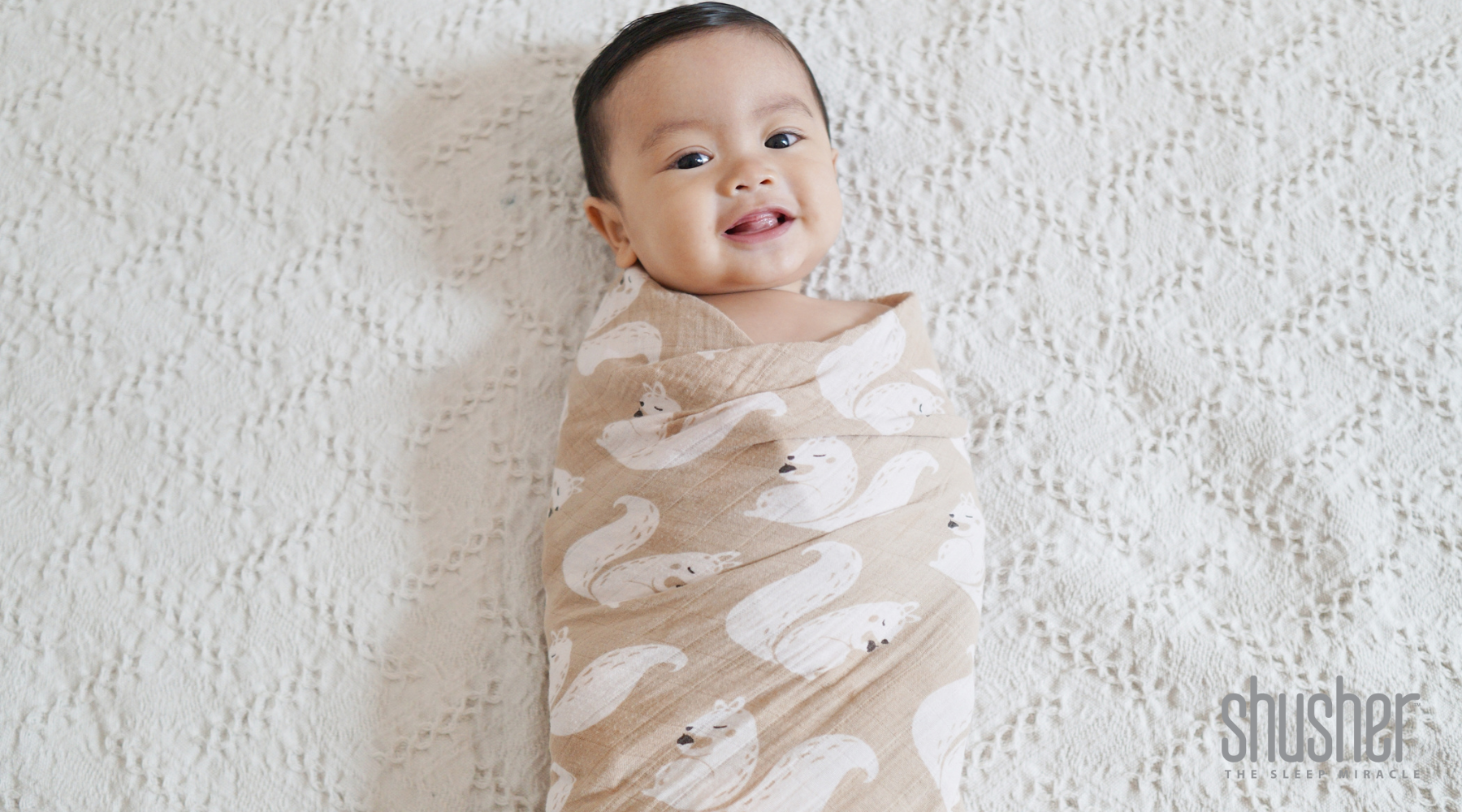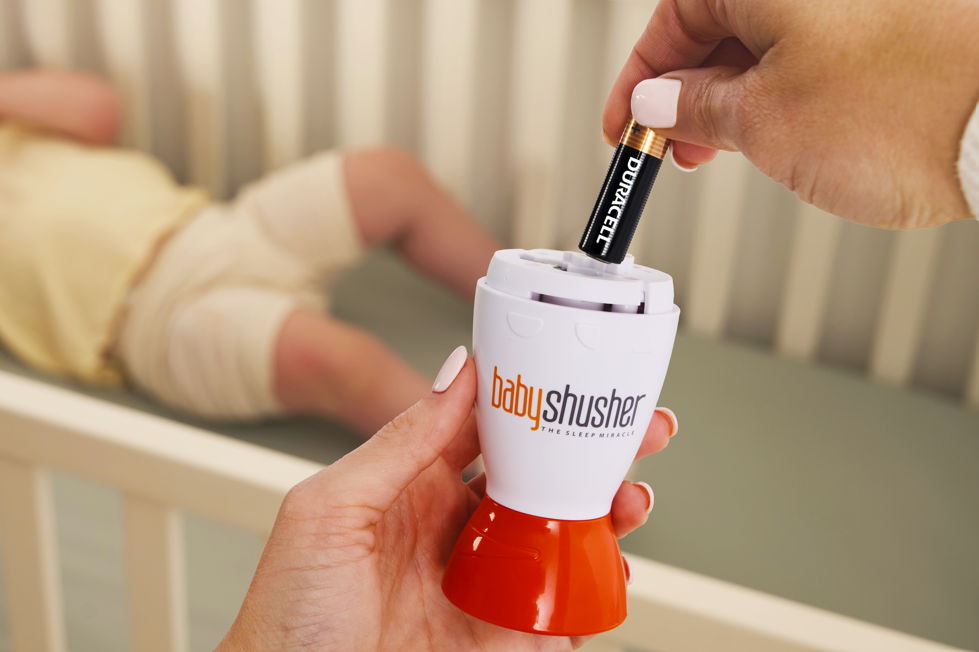Let’s talk about one of the essentials of baby care: the swaddle. Whether you’re a first-time parent or have swaddled a few babies before, here’s a guide to help you master the technique so your little one (and maybe you!) can get some much-needed rest. Grab your favorite blanket, and let’s get started!
Why Swaddle?
Swaddling isn’t just adorable—it’s actually practical! Babies are born with the Moro reflex (aka the startle reflex), which can wake them up just when you think they’re settled. Swaddling keeps them snug and secure, helping to reduce that startle reflex. Plus, it reminds them of the cozy, secure world they came from (your belly!). A well-swaddled baby is often a calmer, happier baby, and that’s something every parent can appreciate.
Step-by-Step Guide to Swaddling Like a Pro
- Pick the Right Blanket: Start with a lightweight, breathable blanket. Cotton or muslin blankets work well. Avoid anything too thick or heavy—think breathable, not bulky.
- Lay Out the Blanket in a Diamond Shape: Place the blanket on a flat surface, rotated into a diamond shape. Fold the top corner down a few inches to create a small collar—this will be the top of the swaddle where your baby’s head rests.
- Place Baby on the Blanket: Lay your baby down on the blanket, with their shoulders aligned with the folded edge. Keep their head outside the blanket so they’re comfortable and ready to rest.
- Swaddle, Side One: Take the right side of the blanket and pull it snugly across your baby’s body. Tuck it underneath their left arm and around their back. Keep their left arm down by their side to reduce wiggling.
- Swaddle, Side Two: Now take the bottom corner of the blanket, lift it up over baby’s legs, and tuck it under their shoulder. The fit should be secure but not tight around the hips, giving them a bit of room to stretch those little legs.
- Swaddle, Final Side: Lastly, take the left corner of the blanket, bring it across baby’s body, and tuck it under their right side. Give it a gentle pull to keep it snug but leave a little room around the hips for healthy movement.
And that’s it! You’ve got a perfectly swaddled baby ready for a restful nap or night’s sleep.
Safety Tips for Swaddling Success
- Hip Freedom: Make sure the swaddle isn’t too tight around the hips to prevent hip dysplasia. Babies need room for movement.
- Stay Cool: Use a lightweight blanket to prevent overheating, as babies can’t regulate their body temperature as easily as adults.
- Limit Swaddle Time: Swaddling is best for naps and bedtime. Give your baby breaks to stretch and move freely when they’re awake.
When to Stop Swaddling
Babies usually outgrow swaddling around 2-4 months, when they start showing signs of rolling over. Once they can roll, a swaddle becomes a safety hazard. This milestone is a perfect time to transition to a sleep sack or wearable blanket, giving them a sense of security without restricting movement.
A Few Extra Tips for Swaddle Success
- Practice Makes Perfect: Like any skill, swaddling takes practice. Don’t worry if your first few attempts aren’t perfect.
- Call for Reinforcements: If all else fails, a Velcro or zip-up swaddle can make things easier and faster.
- Use the Baby Shusher: When your beautifully swaddled baby is ready to sleep, a soothing sound can work wonders. The Baby Shusher helps recreate comforting sounds, perfect for a smooth transition to sleep.
With a little patience and practice, you’ll be swaddling like a pro in no time. And if you need a bit of backup, we’re here at Baby Shusher, helping parents turn those fussy moments into peaceful ones. Happy swaddling!

